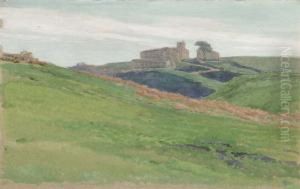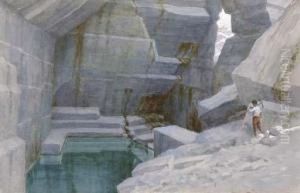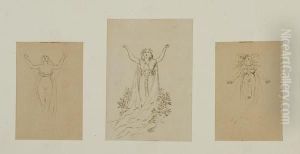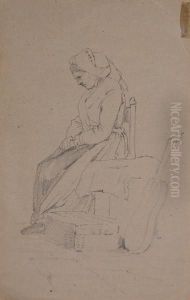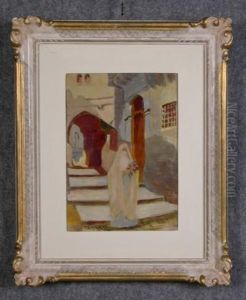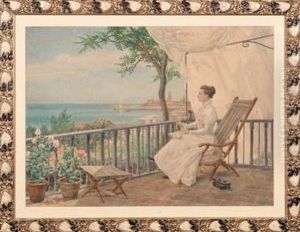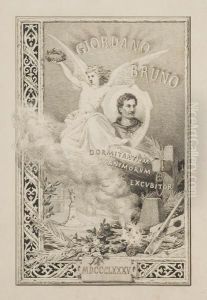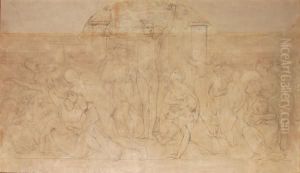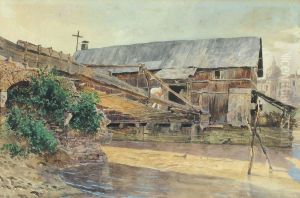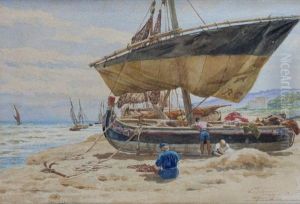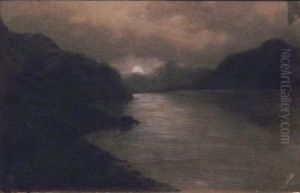Ettore Ferrari Paintings
Ettore Ferrari was an Italian sculptor, born on March 25, 1845, in Rome. He is known for his monumental works, which often reflected the political and social atmosphere of Italy during his lifetime. Ferrari was a prominent figure in the Italian art world and also served as a professor and later, as the director of the Accademia di San Luca in Rome.
Ferrari's work was influenced by the classical tradition of Italian sculpture, but he also incorporated contemporary themes and was known for his patriotic and liberal sentiments. He became a fervent supporter of the Risorgimento, the movement for the unification of Italy, which is often reflected in his works.
Among his notable sculptures are the bronze statue of Giordano Bruno in the Campo de' Fiori in Rome and the monument to Vittorio Emanuele II in Venice. These works not only showcased his artistic skills but also his commitment to the values of liberty and progress that were central to the Risorgimento.
Aside from his public monuments, Ferrari also created busts and statues of various influential Italian figures of his time, contributing to the preservation of their legacies. His works were characterized by a realistic approach and a strong sense of dynamism.
Ferrari was actively involved in the politics of his era. He was an advocate of democracy and was elected as a deputy in the Italian Parliament for the Radical Party. His political beliefs often intersected with his artistic endeavors, and he used his art to express his ideological stance.
Ettore Ferrari continued to sculpt and teach until his death on August 19, 1929, in Rome. His legacy is preserved in the numerous public sculptures and monuments that adorn Italian cities, serving as a testament to his artistic talent and his passionate involvement in the cultural and political life of Italy.
